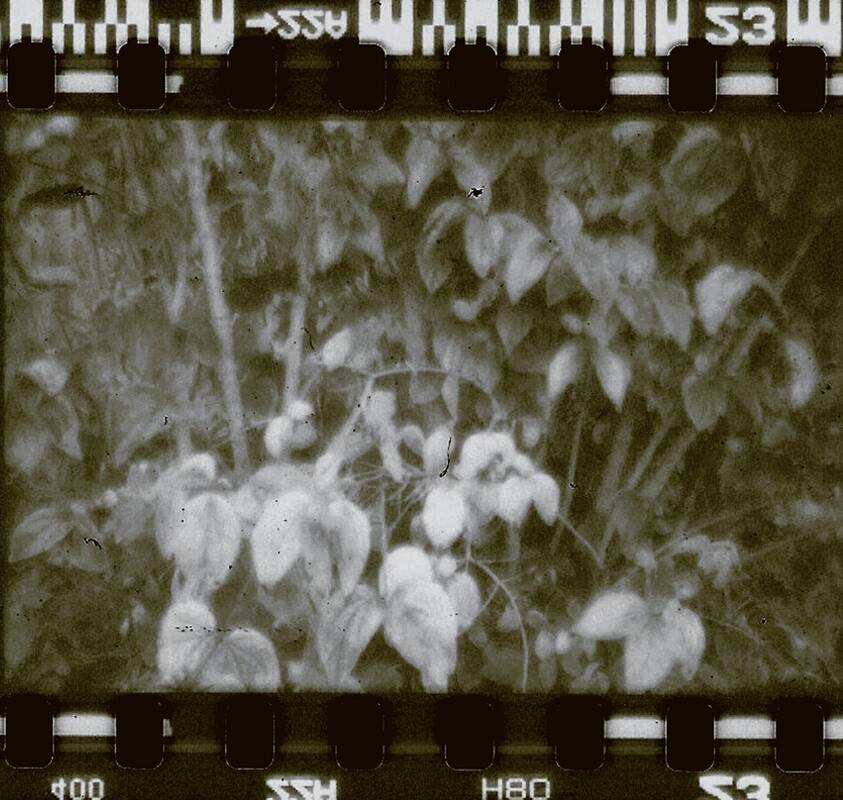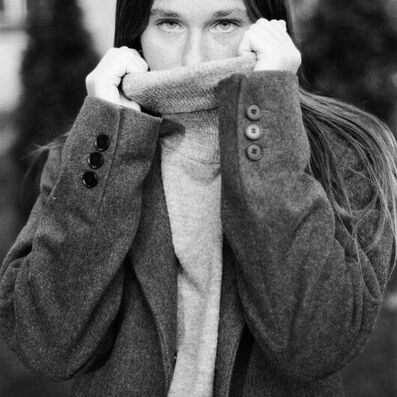|
Listen, for a moment, to the sounds around you. What do you hear? Can you identify what’s making these sounds? How do you interpret sound — do the sounds carry any information that you can make sense of? Just as there are ways of seeing, there are ways of hearing. The semiotics of sound considers that all things audible and acoustic carry meaning and are a form of communication, encoded and decoded similar to how the visual — signs and symbols — can be interpreted in context. Sound of Silence Everyone, and everything, exists in an acoustic environment, consisting of both natural and artificial sound. Soundscapes emerge from these immersive acoustic ecologies. Experts in the science of sound have identified three sources of sound and three key elements of soundscapes. Consider the soundscapes generated in your work environment or by your brand as you read through the sources and elements. What stories are being created and carried by these sounds?
In thinking about your workspace, organisation or brand, what metaphorical song does your space create? In what key is it sung; is it upbeat or slow, melancholic or uplifting? What sound signals are being sent to ‘listeners’ and how do they interpret the messages embedded within it? What soundmarks are monumental to identifying or recognising your brand’s figurative band? Speed of SoundWhen you imagine the future, what does it sound like? What sounds do you hear? What will your brand or business sound like in the future? Futures Soundscapes is a project from Mexico City that has explored the question: What does the future sound like? In developing sound-based scenarios through shared visions of the future, and the ability of sound to conjure up these images, it demonstrated the power of sound. Beyond looking for visual signs of change, we should be listening to signals, too. Perhaps the next time you conduct market research, consider keeping listening journals, reading up on sound theories, and interpreting the nature of sounds in their natural environments. The sound inside a taxi, on a train, in a bus, taking an Uber — how do these sounds shape our sensory experiences? Sound of MusicHow Bad Is Your Spotify? This judgmental AI filters through your listening data and tells it like it is. See also How AI helps Spotify win in the music streaming world if you’re curious to know how machine learning can be harnessed to “discover and act on insights from external data and user behaviour”. This is particularly important for those of us who make data-driven decisions to enhance people’s experience online. Take, for example, the Discover Weekly feature on Spotify. According to Outside Insight, the music platform generates this personalised music list for each user through a combination of three methods: making comparisons between different people’s behavioural trends and patterns, scanning online conversations to identify ‘top terms’ and to develop ‘cultural vectors’ based on these discussions, and analysing data from audio tracks to categorise the songs themselves: “In this way, Spotify portrays itself not just as a platform for popular existing musicians, but also one that provides opportunities for the next generation of budding musicians to gain recognition.” How might you, your organisation, or your brand make personalised recommendations based on past patterns and potential preferences of your clients, customers, or consumers? What will you do differently today to break from the noise, to be heard from near and afar, to not be obscured by silence, and to listen intentionally? Originally published on Marklives
0 Comments
Leave a Reply. |
MARGUERITE COETZEE
ANTHROPOLOGIST | ARTIST | FUTURIST CATEGORIES
All
|


 RSS Feed
RSS Feed
